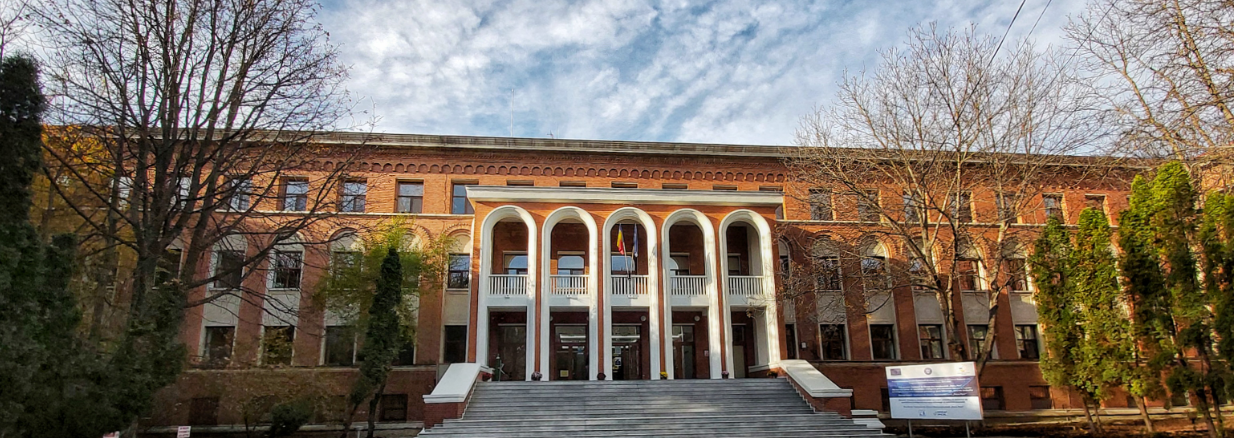Stage 1: 01.04-31.12.2022
The research topic of this project, “In silico studies of azobenzene derivatives. Electronic fingerprints and molecular structures from isomerization reactions" is to investigate the chemical mechanisms that occur during the isomerization process of the substituted and unsubstituted azobenzene molecular system along the energy levels in the S2, S1 excited states as well as in the ground state S0 highlighting the fingerprints of electron densities and spectral properties following the trans ↔ cis conversion. The first stage of this project Description of the electronic structure and analysis of the conformational effect in the ground state includes the following activities:
A.1.1: Geometry estimation and optimization.
In this activity, a theoretical investigation of the conformational effect in the ground state was carried out in order to identify if other species populate the ground level or if a specific isomerization mechanism can occur. This study was performed by using the molecular mechanics methods such as the Universal Force Field (UFF), Merck Molecular Force Field (MMF94), but also the semi-empirical method XTB algorithms. Also at this stage, another theoretical investigation was carried out separately in which calculations were made along the surface of the potential energy of the trans ↔ cis isomerization taking into account the main structural parameters of the azobenzene unit: the azo bond (-N=N-), the dihedral angle (C-N=N-C), the valence angles (C-N=N/N=N-C), but also the adjacent torsion angles C-C-N=N/N=N-C-C, as well as the valence angles C-C-N/N-C-C in the aromatic rings. All obtained geometries were optimized using different levels of density functional theory and ab initio methods.
A1.2: Molecular group organization.
The frequency calculations of the infrared and complementary Raman vibrations were performed. These calculations enable to give a molecular group organization in the ground state, which will include selections of stationary conformations for intermediates and the transition state of the chemical systems.
A1.3: Study of electronic states in the ground state (Part I).
As activity, the electronic states and molecular fingerprints in the ground state were calculated and determined for the azobenzene derivatives under study. The theoretical results were compared with experimental Raman, UV-Vis and transient absorption measurements.
The results of stage 1 were disseminated by participating in two (2) national scientific events and sending a (1) paper for publication; (https://icmpp.ro/fingerprintAZO/dissemination.php).
Stage 2: 01.01 - 31.12.2023
In the project “In silico studies of azobenzene derivatives. Electronic fingerprints and molecular structures from isomerization reactions", the main goal is to study and identify the electronic configuration reorganization during the trans ↔ cis isomerization reaction and what type of transition state can appear in this process. This investigation permits to observe the isomerization mechanism and how the azobenzene molecular system is functionating in the ground as well as in the excited state. The second stage of this project “Description of the electronic structure and study of the conformational effect in both the ground and excited states”. In order to finalize this stage a series of activities were proposed, as follows:
Activity 2.1: Study the electronic states in the ground state (Part II).
Here, it was measured the Raman spectra in solvent (dichloromethane). The calculations have been performed using as an implicit bulky solvent model in order to be in line with experimental measurements. The interpretation of these spectra was realized in corroboration with DFT and TD-DFT methods. The measured and theoretical Raman spectra were realized using three types of laser excitation (442, 633 and 785 nm). The Raman spectra obtained with 633 and 785 nm showed information about the vibrational finger prints in ground state while using the incident laser at 442 nm can describe the vibrational and electronic structure in both ground and excited states. This scenario by using the laser at 442 nm can be obtained because the frequency of this laser was in resonance with an electronic transition which appear at 450 nm according to the experimental and theoretical UV-Vis spectra.
Activity 2.2: Estimation and identification of chemical systems corresponding to intermediate and transition states in the ground state S0 and in the first excited states S1 and S2 (Part I).
In this activity the more transient species was evinced with DFT and TD-DFT as well as with ab initio methods. The theoretical results were confirmed by transient absorption spectroscopy.
Activity 2.3: Identifying the decay energy pathways excitations (Part I)
The adiabatic and non-adiabatic molecular dynamics calculation was performed take in consideration the S0, S1 and S2 energies levels.
The results of stage 2 were disseminated by participating in three (3) national/international scientific events and an paper being under work in progress (https://icmpp.ro/fingerprintAZO/Dissemination.php). | 







